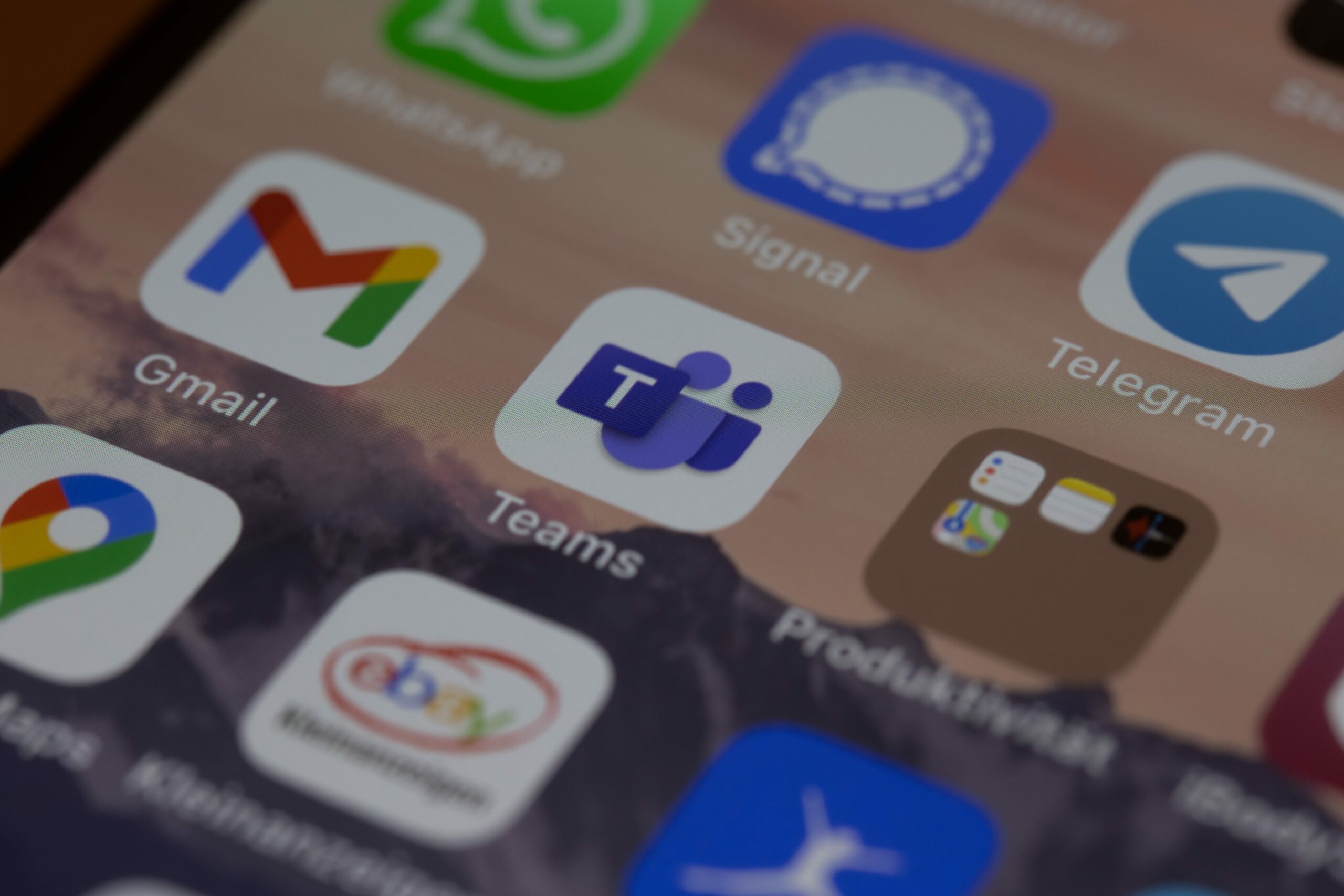Resocialization: Adjusting the New Work Model
01 September, 2022
By Klaus Schlagheck, SCHLAGHECK + RADTKE (Germany)

Over the course of the last two years many companies around the world have learnt to overcome structural challenges by allowing employees to work entirely from home. The remote work set-up also helped employees personalize workspaces, enjoy work-life balance, and overall kept people happy.
However, there are new questions to address in today’s organizational landscape: What does it mean for a team to stay together for 8 hours or more during the day in one building? Will work lose its human component and will a “resocialization of work” be required in the future?
Let’s look at some of the challenges that are posed by today’s way of operating.
Engagement Frictions in the New Way of Working
Rising debates around the New Work model, have created concernsfor HR departments regarding reduced efficiency in communication and coordination, a lack of appreciation for employees and networking opportunities, and limited innovative capacity. Intra-company tensions are also poised to increase in the future, leading to negative impacts.
The emergence of a two-class society between geo-flexible and location-bound employees must be prevented. The development of sub-corporate cultures within remote and location-bound teams must be carefully monitored and countermeasures must be initiated to protect employee relationships. If this cannot be prevented in time, the question arises: how can shared values continue to be maintained and coexist in an increasingly digital workplace? HR departments will have to get creative.
Employee needs are also being affected by a shift to the home office and are becoming increasingly difficult to define. How can the need for social ties be combined with the need for newfound “freedom”?
One Size Does Not Fit All Approach
Across-the-board policies that treat everyone “equally” no longer seem appropriate. In recent years employees have developed their own preferences about the working environment (or location) where they feel most comfortable and productive.
An employer’s attractiveness is also becoming closely linked to the fulfillment of individual expectations. In the future, a more flexible attention to individual needs will be required in order to create a framework that can attract and retain employees.
One commonly discussed approach is a tailored working time model that can be changed by agreement and adapted to individual communication needs (exchange with colleagues, feedback, etc.) and personal responsibility (flexibility, autonomy, etc.)
Employee Wellbeing + Happiness = Productivity?
Modernization does not simply mean digitization. HR management must also continue to modernize in 2022. “Modern people management” means promoting personal development of the workforce and focusing on employee well-being. We already have proof that productivity gains are not possible without satisfied employees.
Regardless of when and where people work, the health and well-being factor will play a major role for the rest of 2022, and humanitarianism will once again be of top priority.
The first thing to do is to actively promote and ensure good employee mental health. Even if lockdowns are a thing of the past for now, concerns about contagion, for example, are not yet off the table. The increasingly blurred line between private and work life also causes mental difficulties for some employees; for some balance is missing. Global political tensions and conflicts, as well as resulting inflation and economic crises, are further fueling employee concerns.
Concentration disorders, burnouts and depression are no longer a rarity, and the number of mental illnesses has been rising steadily for years. Workplace health promotion no longer means just providing an ergonomic office chair and standing desks but developing and enforcing comprehensive and necessarily individual concepts for mental and physical health as well as social well-being.
It is proven that offering a wide variety of mental health, physical activity, and fitness solutions promotes productivity, stress management and general well-being. Holistic approaches are becoming mainstream. In line with the new flexibility model for employees, wellbeing measures must also be flexible and easily adaptable. In the best case, every employee will find something that can be easily integrated into his or her daily routine, whether in the office, at home or on the road.
As we all embrace the new ways of working, let us also pave the path for a healthier professional life.

